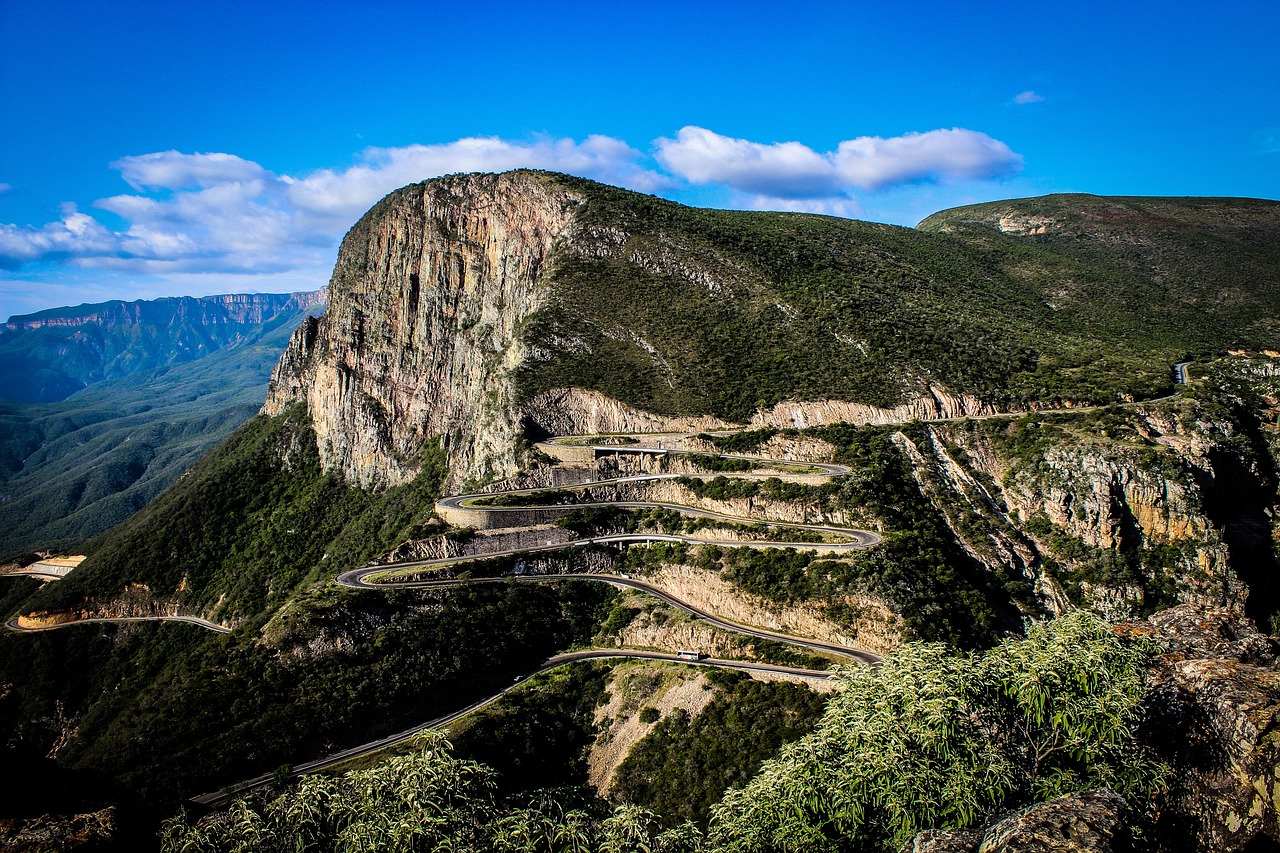Biodiversity plays a vital role in maintaining the health and stability of our planet's ecosystems. Recognizing the urgency of protecting and restoring biodiversity, the international community has set forth the Global Biodiversity Framework, a comprehensive plan to address the alarming decline in biodiversity by 2030. Angola, a country known for its rich natural heritage, has been making significant strides in its efforts to achieve Target Three of the framework. In this blog post, we will explore what it means for Angola to be at 10.75% in achieving this important target.
Overview of target three
Target Three of the Global Biodiversity Framework aims to increase the area of protected land and sea globally, ensuring that at least 30% of land and sea areas are conserved. This target recognizes the importance of safeguarding ecosystems and habitats to preserve biodiversity and enable the natural processes that support life on Earth. Achieving this target requires collective action, strong conservation measures, and sustainable land and sea management practices.
Angola's Progress
Angola, blessed with diverse ecosystems, including pristine coastal areas, lush rainforests, and expansive savannas, has been actively working towards meeting Target Three. The country's commitment to conservation is reflected in its efforts to establish protected areas and promote sustainable resource management.
1. Expansion of Protected Areas:
Angola has been making steady progress in expanding its protected areas network. By designating national parks, nature reserves, and other conservation areas, the country aims to safeguard critical habitats and promote the recovery of endangered species. The establishment of these protected areas contributes to the overall goal of achieving the 30% conservation target.
2. Marine Conservation Efforts:
Recognizing the importance of preserving its marine ecosystems, Angola has been proactive in promoting marine conservation. Through the creation of marine protected areas and the implementation of sustainable fishing practices, the country aims to safeguard its coastal biodiversity and ensure the long-term health of its marine resources.
3. Community Engagement and Sustainable Practices:
Engaging local communities and promoting sustainable practices are crucial aspects of achieving Target Three. Angola has been actively involving local communities in conservation initiatives, recognizing their role as stewards of the land and guardians of biodiversity. By promoting sustainable agriculture, responsible land use, and community-based conservation programs, Angola aims to ensure that biodiversity conservation goes hand in hand with the well-being of its people.
Challenges and the Way Forward
Despite the progress made, Angola faces several challenges on its path to achieving Target Three. These challenges include inadequate funding for conservation efforts, illegal wildlife trade, and the need for capacity building and technical expertise. To overcome these challenges, Angola must collaborate with international partners, strengthen its legislation, and invest in education and awareness programs.
Moving forward, Angola should focus on enhancing its monitoring and evaluation systems to track progress accurately. By leveraging technology and scientific research, the country can make informed decisions, allocate resources effectively, and adapt its strategies as needed.
Angola's progress at 10.75% towards achieving Target Three of the Global Biodiversity Framework is commendable. Through the expansion of protected areas, marine conservation efforts, and community engagement, the country has demonstrated its commitment to safeguarding its unique biodiversity. However, challenges persist, requiring continuous efforts and collaboration to overcome them. By working together with international partners, investing in sustainable practices, and raising awareness among its citizens, Angola can pave the way for a brighter future, where biodiversity thrives, ecosystems flourish, and the invaluable natural heritage is preserved for generations to come.




